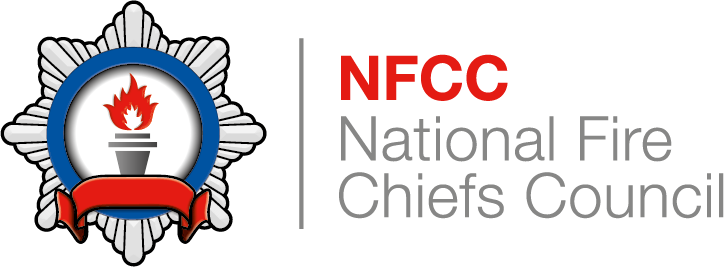Glossary
| Name | Acronym | Description |
|---|---|---|
| National Inter-agency Liaison Officer | NILO | A security vetted, trained and identifiable responder from the emergency services who is a tactical adviser but can assume a command role if required. They can operate at pre-planned or spontaneous operations with extensive knowledge of multi-agency capability, procedures and processes to enable operations at high threat and terrorist incidents. |
| National Landscapes | The legal designation is ‘Area of Outstanding Natural Beauty’, but now referred to as National Landscapes. They are 46 areas within England, Wales and Northern Ireland safeguarded in the national interest for their distinctive character and beauty. |
|
| National Protective Security Authority | NPSA | The UK Government’s National Technical Authority for Physical and Personnel Protective Security |
| National Scenic Areas | NSA | In Scotland, areas broadly equivalent to National Landscapes (formerly Areas of Outstanding Natural Beauty) found in England, Wales and Northern Ireland |
| Nature conservation bodies | Bodies such as:
|
|
| Network incident response manager | NIRM | Responds rapidly to any situation that affects normal rail operations |
| Oxidant | Oxidant is an abbreviation for oxidising agent. An oxidant is normally a non-metal or positive ion, causes oxidation reactions to take place and gains electrons from other atoms or ions. They are useful in the chemistry lab when forming aldehydes, ketones and carboxylic acids from alcohol molecules. Hydrogen peroxide (H2O2) is an example of a molecule which is a strong oxidising agent. |
|
| Paediatric | The branch of medicine that involves the medical care of infants, children, adolescents and young adults, usually until the age of 18. |
|
| Pain score | A numerical rating scale enabling the casualty to rate their pain score, usually from zero (absence of pain) to ten (the most intense pain possible). |
|
| Pallor | Pale colour of the skin which can be caused by illness, emotional shock or stress. |
|
| Pantograph | Special devices mounted on electric trains to collect current from one or several contact wires. |
|
| Peat | An organic fuel layer consisting of a light, spongy material formed in temperate humid environments through the accumulation and partial decomposition of vegetation debris. |
|
| Pocket mask | A mask with a filter and one-way valve that offers protection for the casualty and first aider when carrying out cardiopulmonary resuscitation (CPR). |
|
| Pontoon | A floating platform built across several boats or hollow structures, which can be used for tying boats to. |
|
| Powered respirator protective suit | PRPS | A one piece gas tight chemical protective suit used by emergency response personnel, for hazardous materials incidents, including CBRN events. |
| Primary decontamination | Using equipment in a planned and structured manner on the incident ground to minimise the risk of further harm and reducing cross- contamination to a level as low as reasonably practicable. |
|
| Prime mover | Vehicle for transporting large equipment to and from incidents. |
|
| Protective security | The protection of critical infrastructure assets. |
|
| Public Emergency Call Service Code of Practice | PECS | This code deals with the method of handling 999/112 public emergency telephone calls between the call handling agents and the emergency authorities. |
| Public health agencies |
|
|
| Public service vehicles | PSV | A motor vehicle (other than a tramcar) which is either:
|
| Pulaski | A hand tool that includes a double-sided head that combines a mattock (cutting blade) for digging or grubbing on one side, and an axe for chopping on the other. |
|
| Pyrolysates | A product of pyrolysis |
|
| Pyrolyse | Make or become decomposed through heating to a high temperature |
|
| Pyrolysis | Decomposition brought about by high temperatures |
